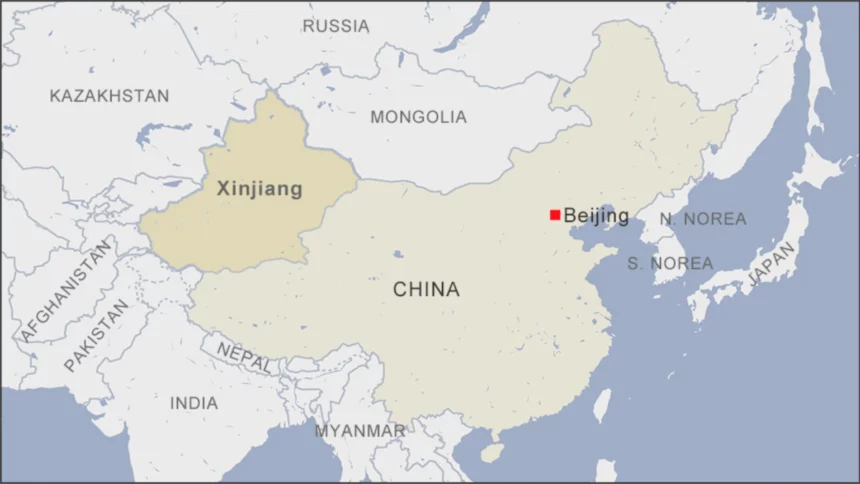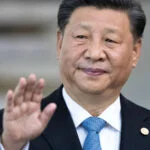Xinjiang region is a vast territory with a 1.65 million sq. km2 area, making it the 27th largest region in China in terms of area.
According to sources on Thursday approximately 22 million people’s access to trains and buses has been halted, and aircraft are now only 75% full. The regional administration issued a notice which stated that the actions were taken to “rigidly prevent the possibility of breakout” of the virus but provided no further information.
The strict “zero-COVID” policy in China is notorious for its disproportionate measures compared to the number of incidents found.
Just 93 asymptomatic instances were reported by the National Health Commission in Xinjiang on Wednesday and 97 on Thursday. The leaders of Xinjiang acknowledged Tuesday that detection and control procedures had issues, but they did not indicate any no indication of when they intended to ease the limitations.
Controlling mobility among the populace has been made especially simple by the extensive surveillance system in Xinjiang, which relies on pervasive checkpoints, facial and even voice recognition software, and universal cell phone tracking.
The Communist Party’s leader Xi Jinping, who is anticipated to be elected to a third five-year term at the congress starting on October 16, has been closely associated with “Zero-COVID.” That’s despite concerns from the WHO and significant disruptions to China’s economy, education system, and way of life.
A midnight bus accident in southwest China last month that killed 27 individuals who were being forcibly transported to a mass quarantine area sparked outrage online over the strictness of the regime. Even though there had been no reports of any cases, survivors claimed they had been forced to leave their apartments.
The nation’s leaders have hailed “Zero-COVID” as proof of their system’s superiority over that of the United States, which has seen more than a million COVID-19 deaths.












